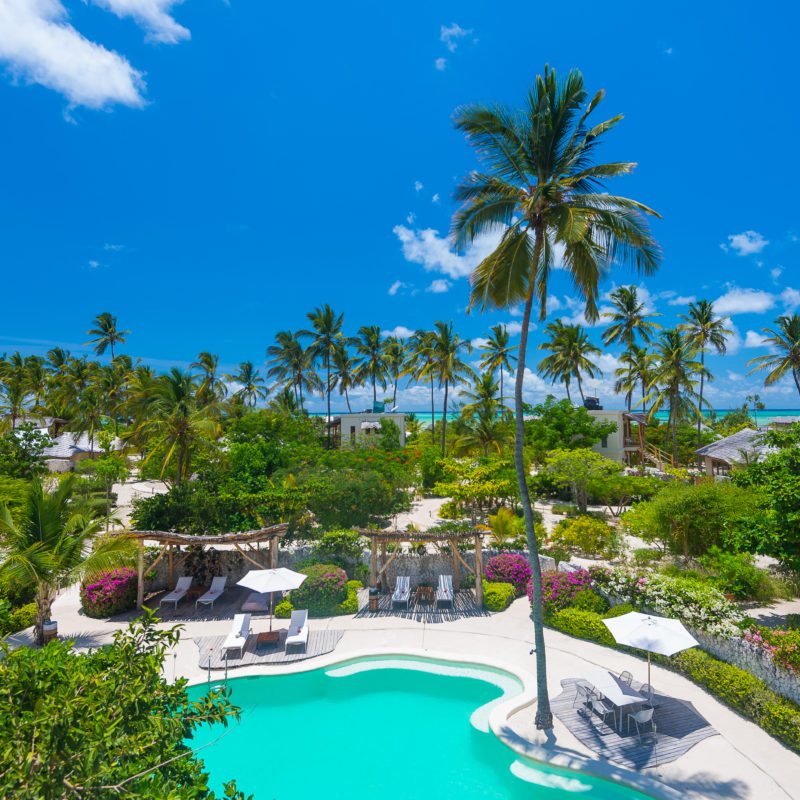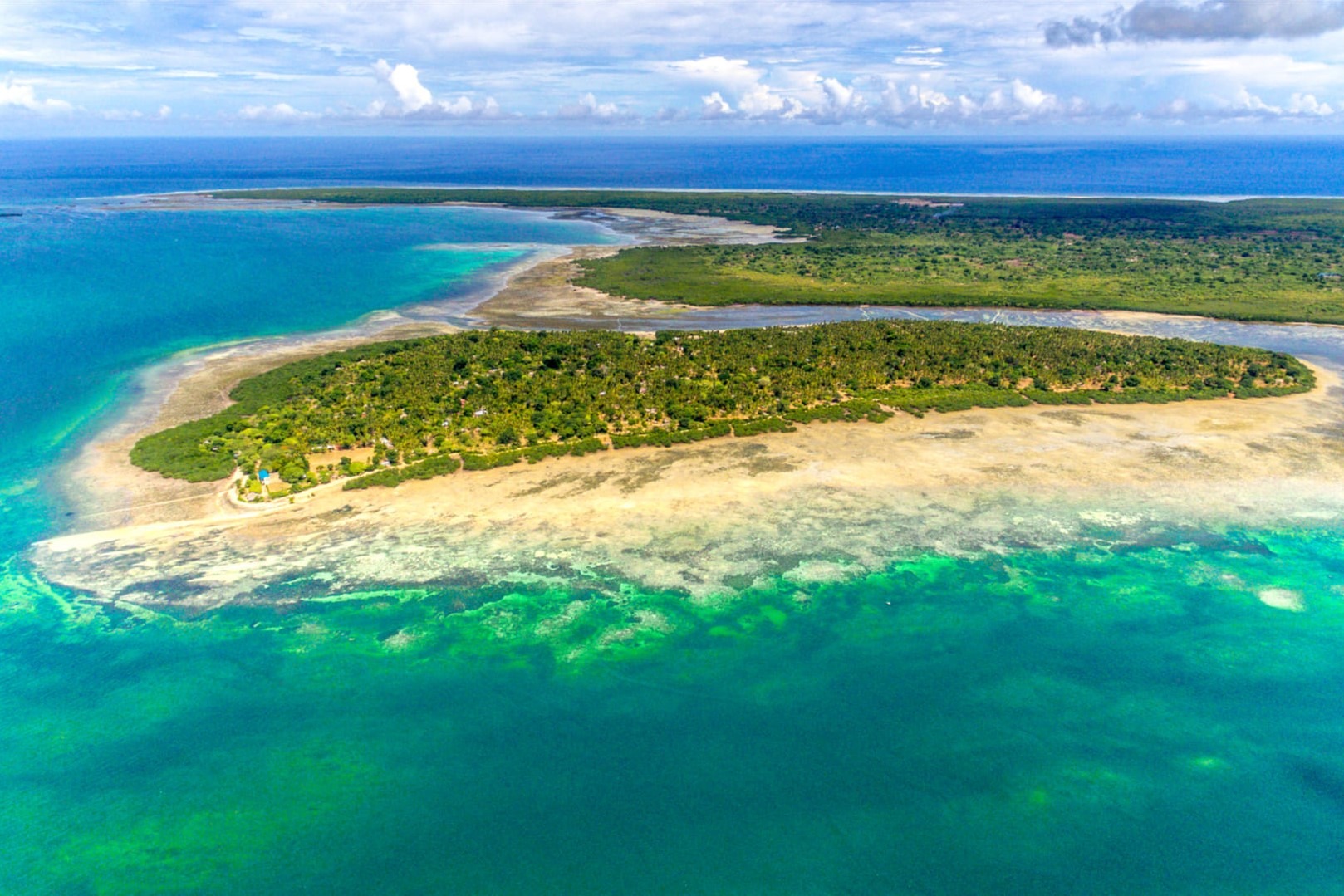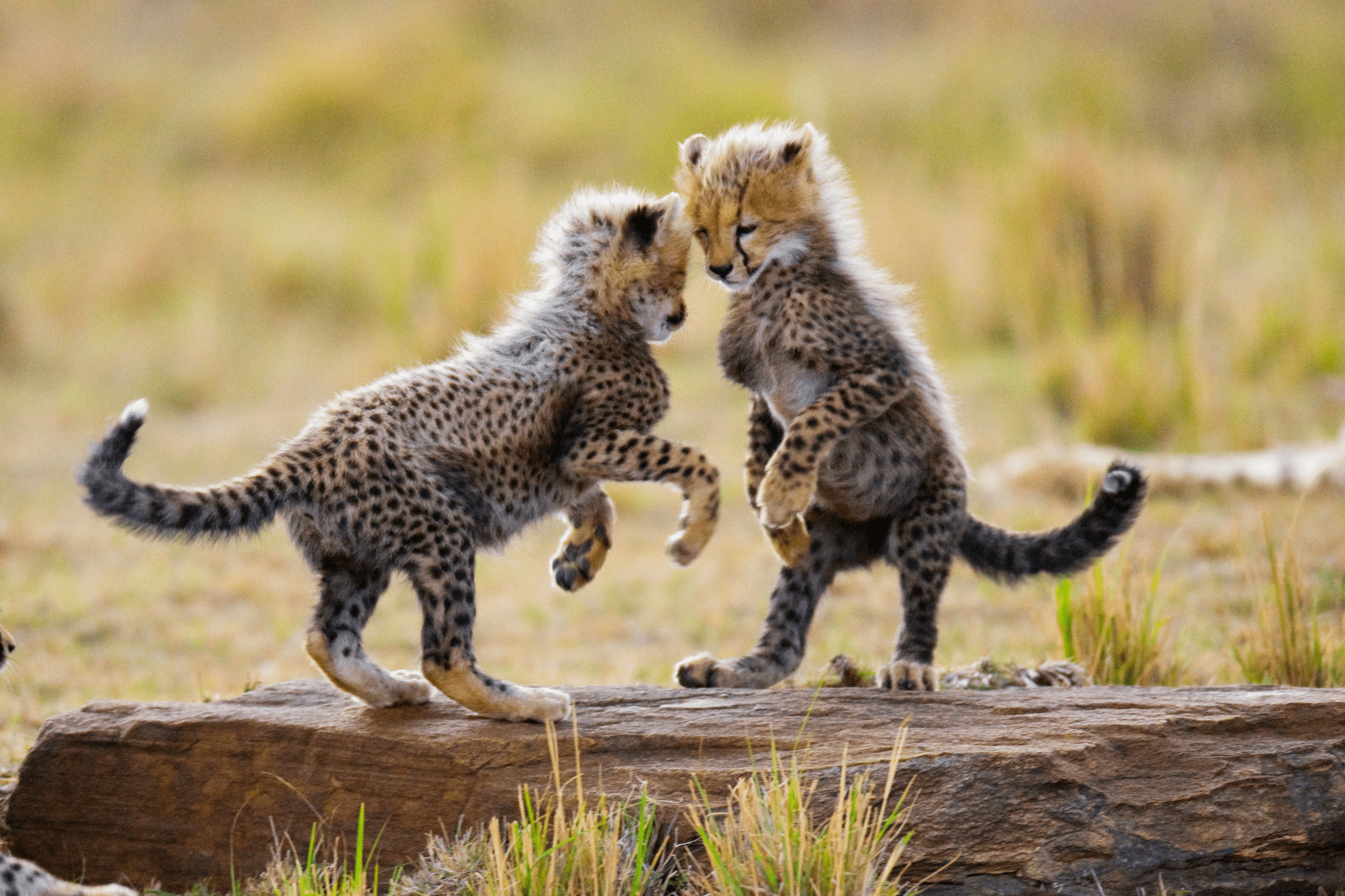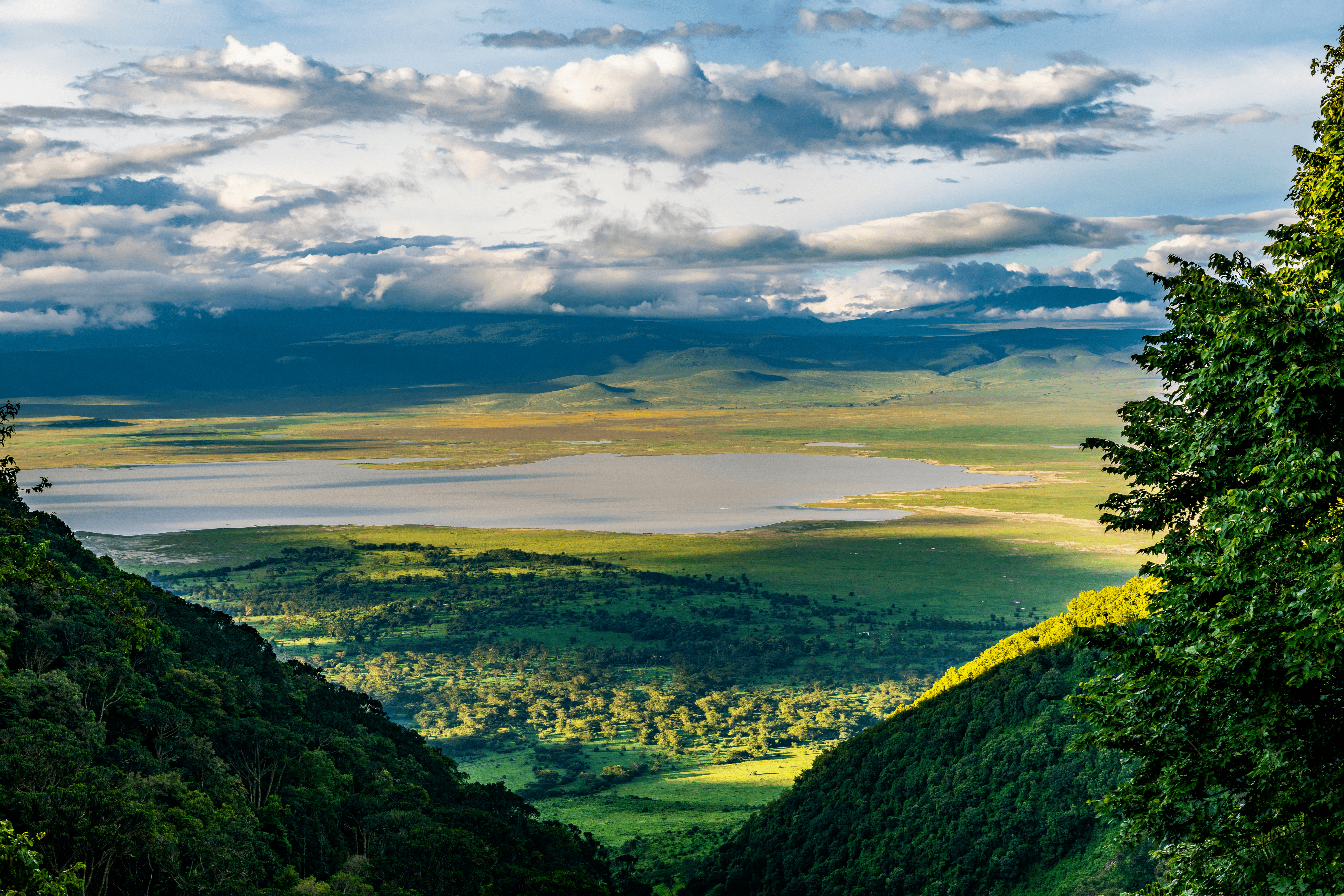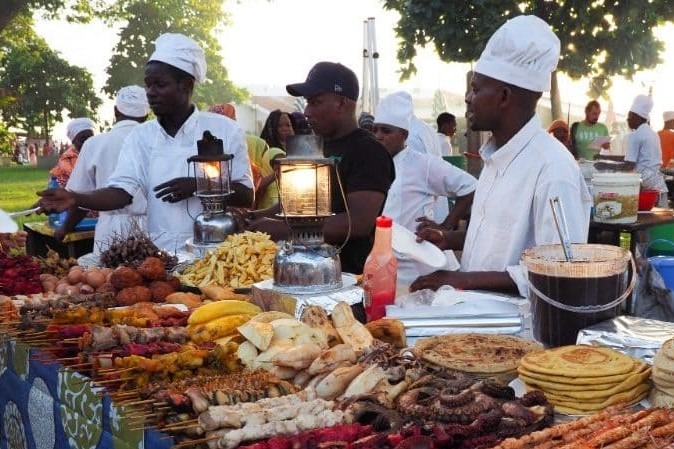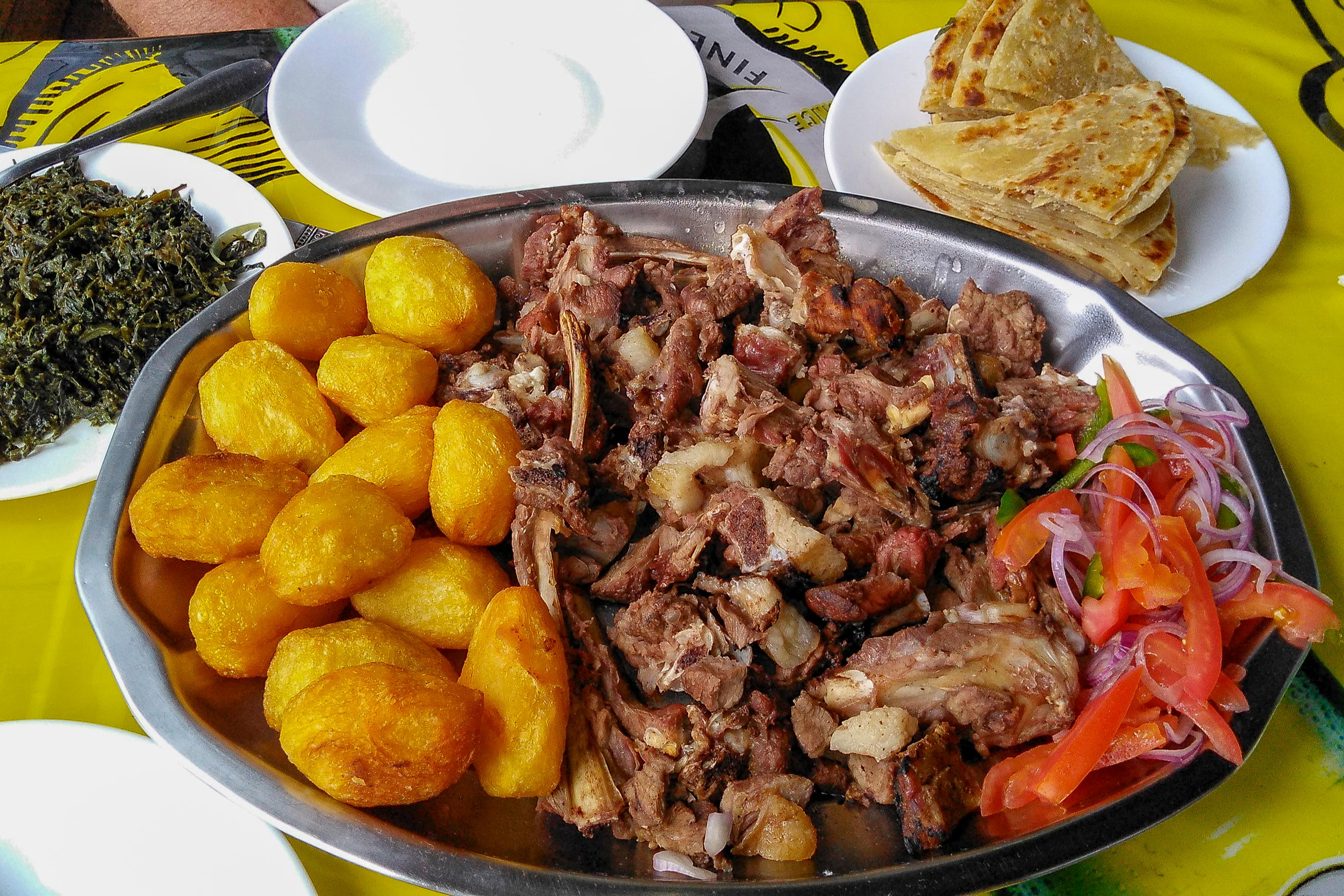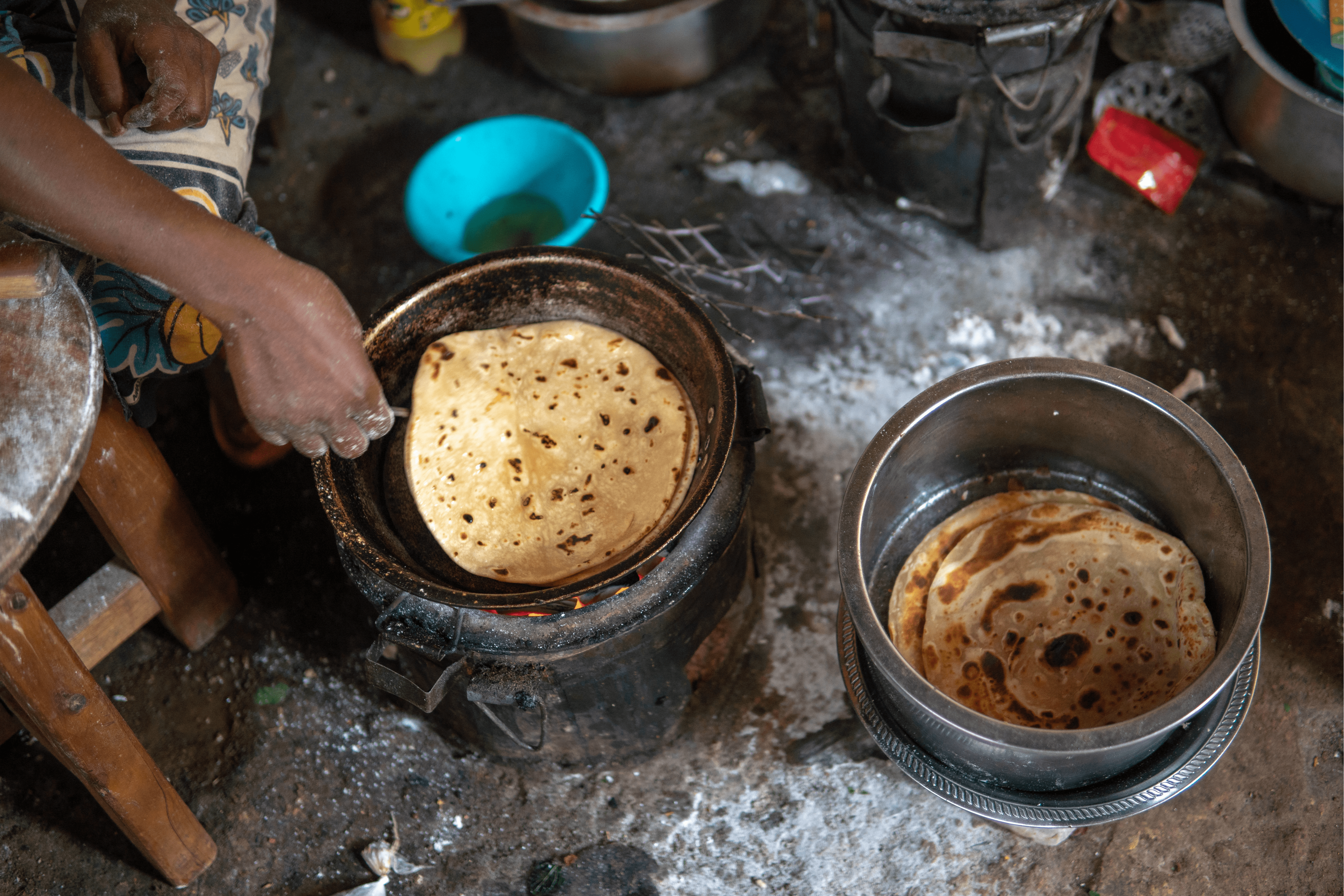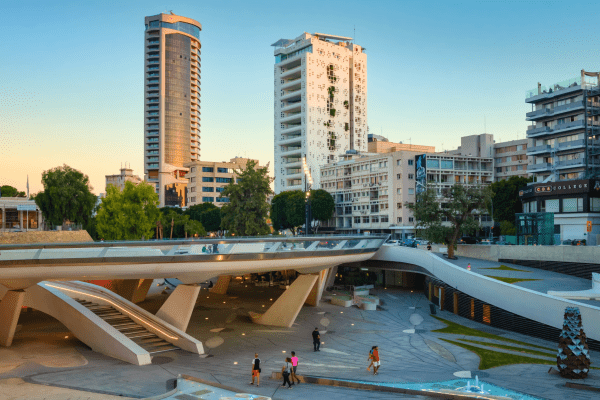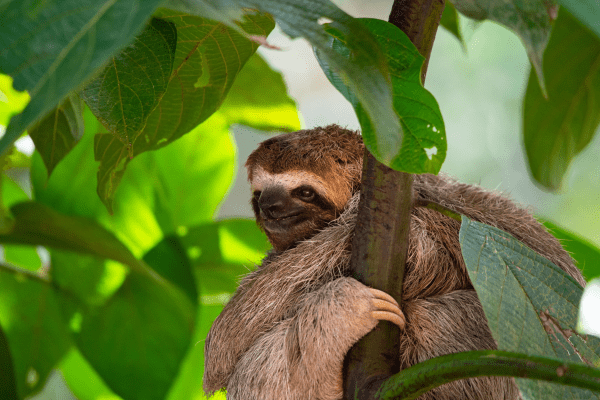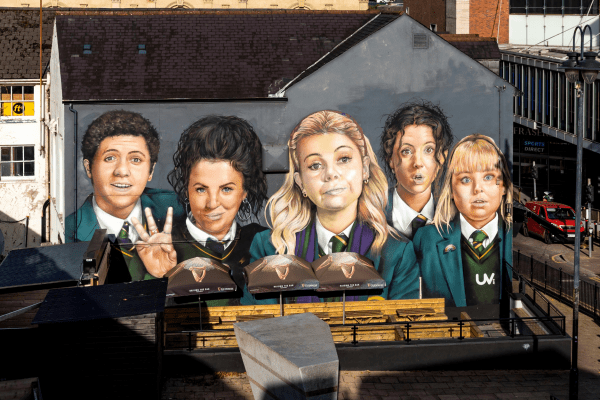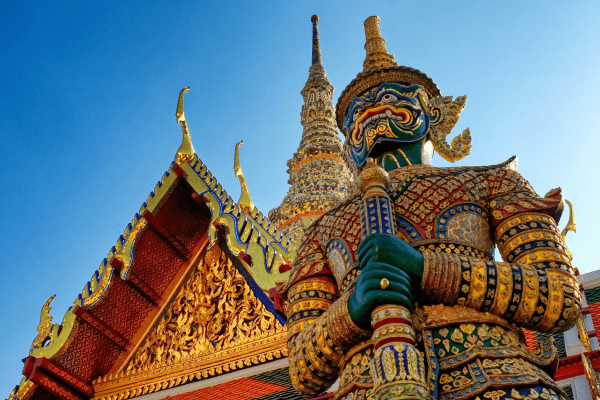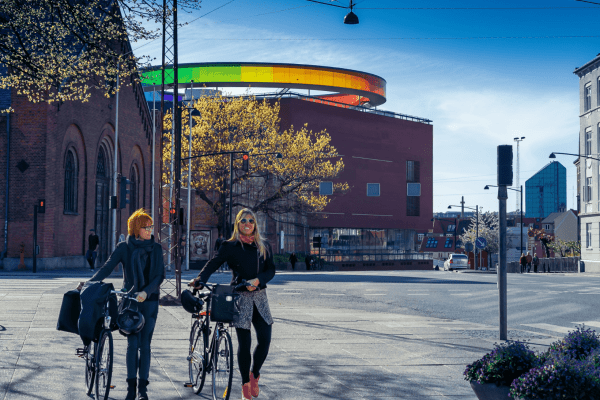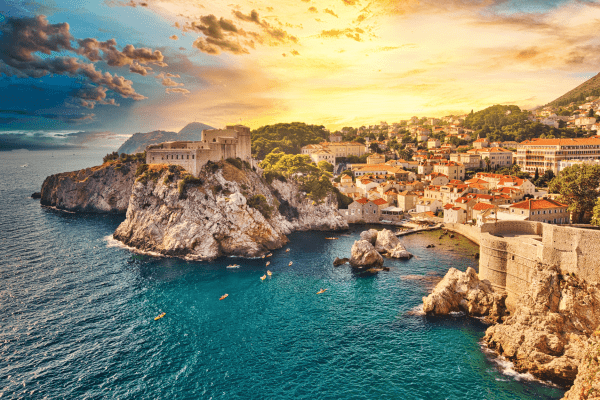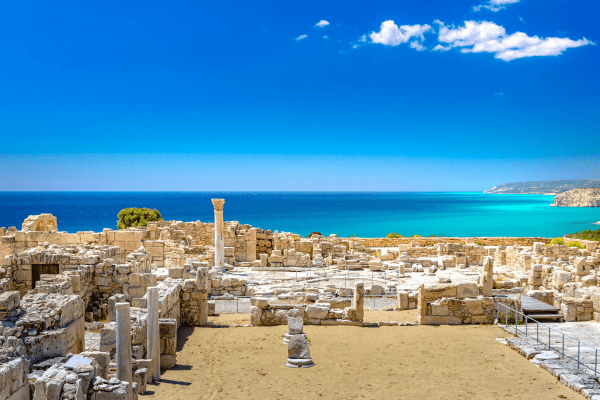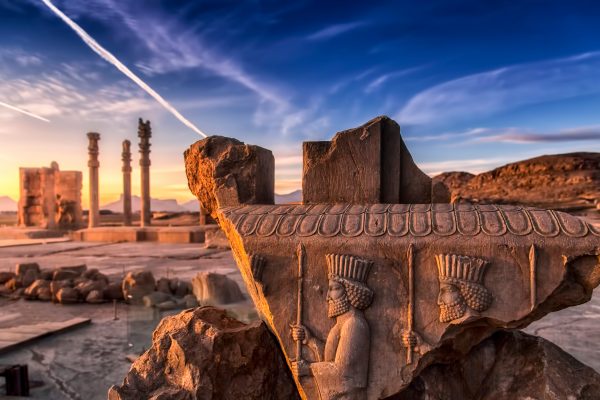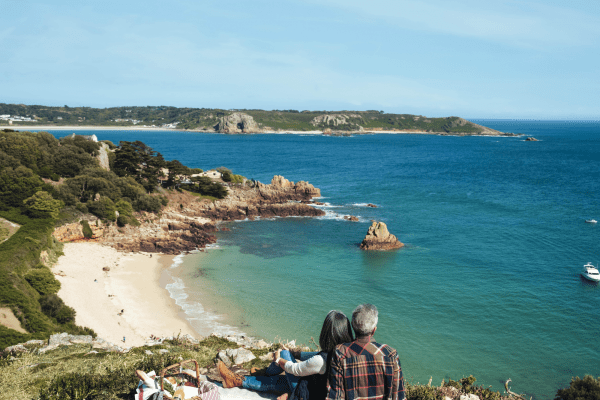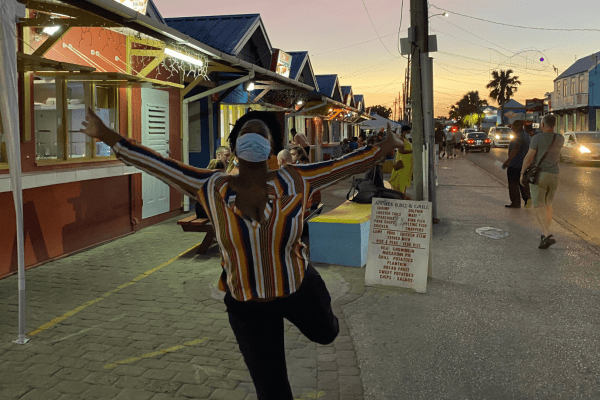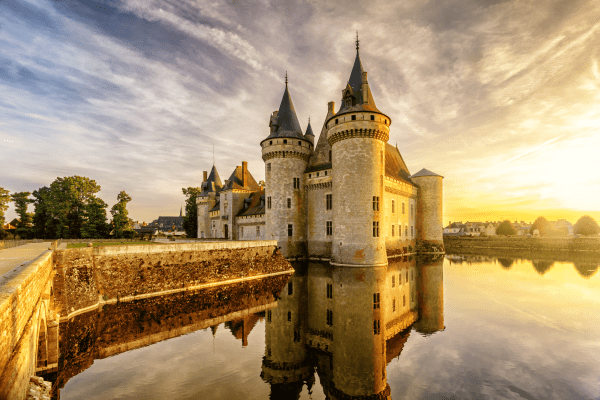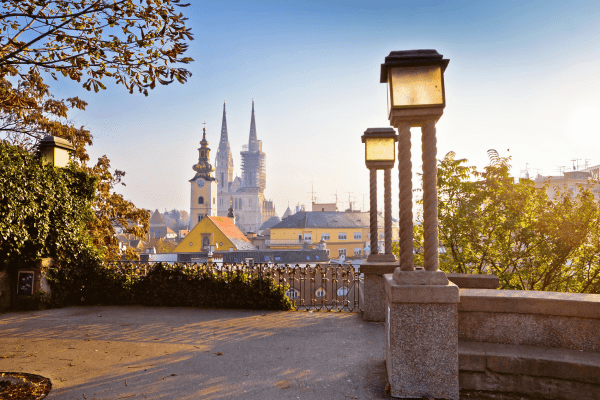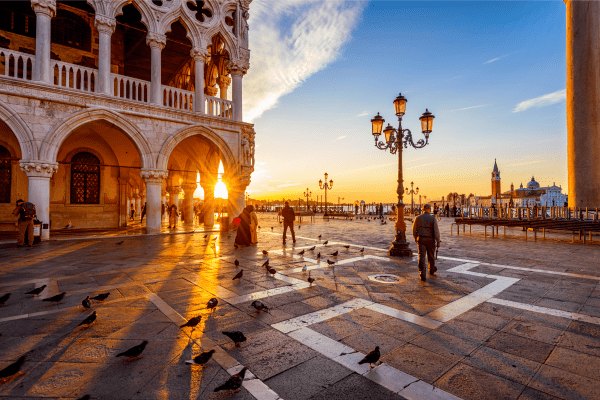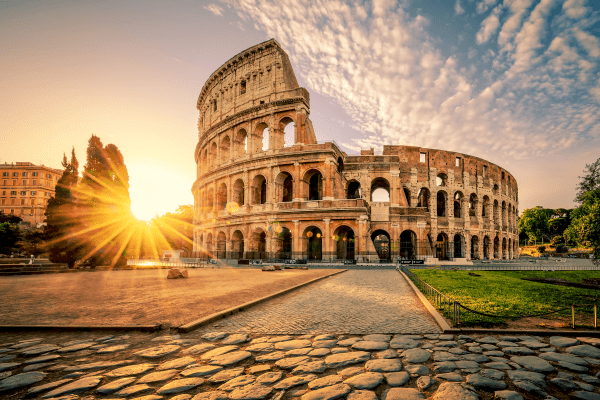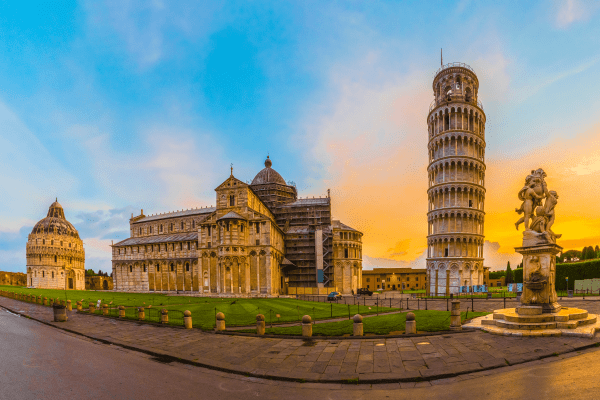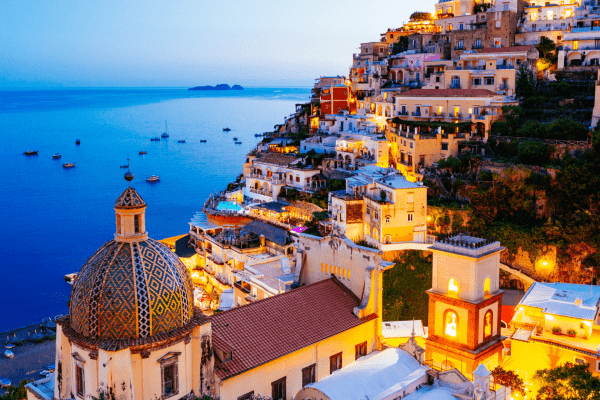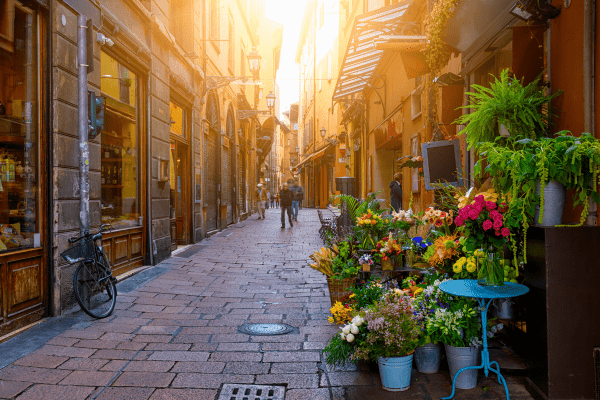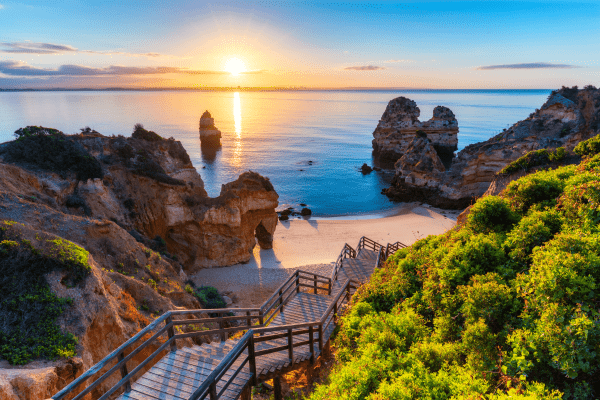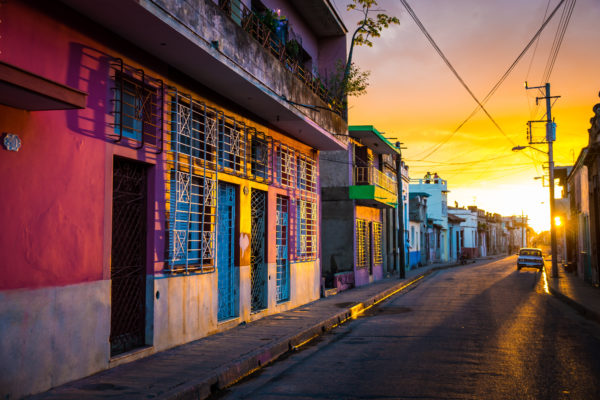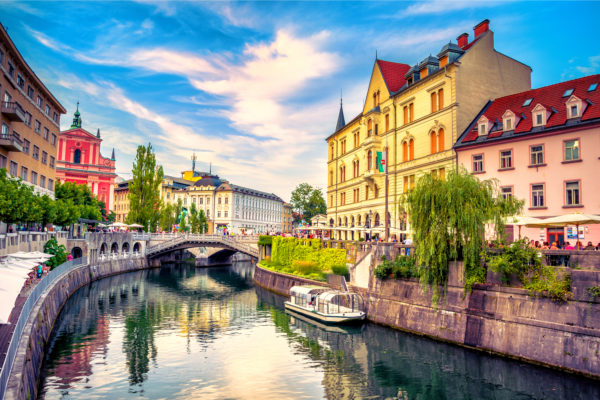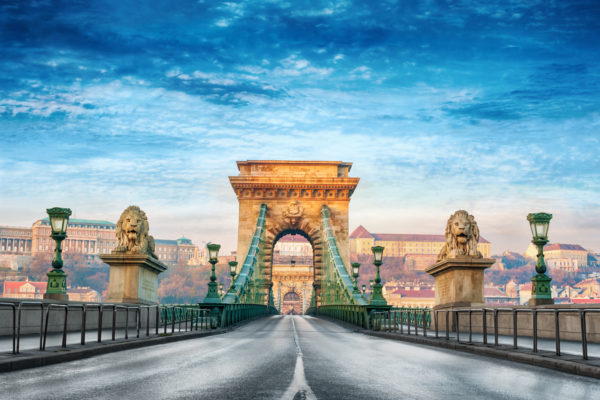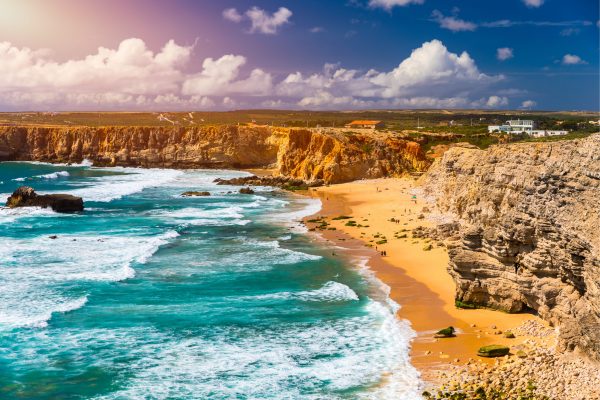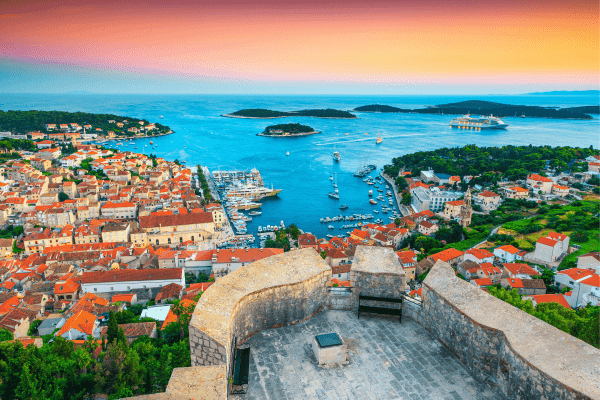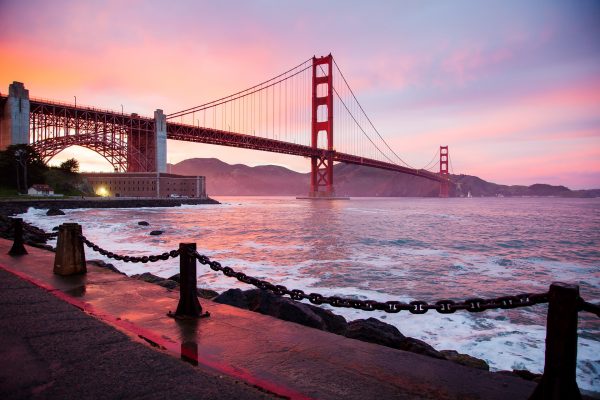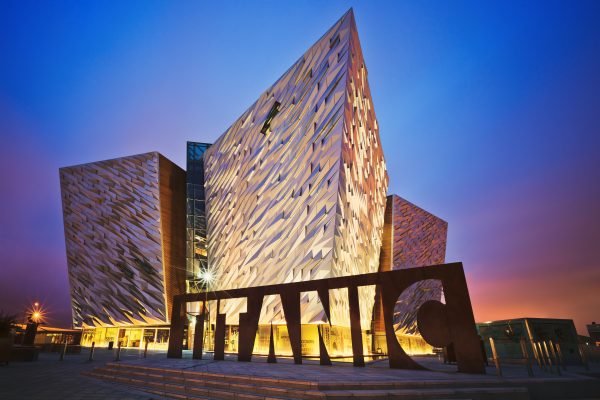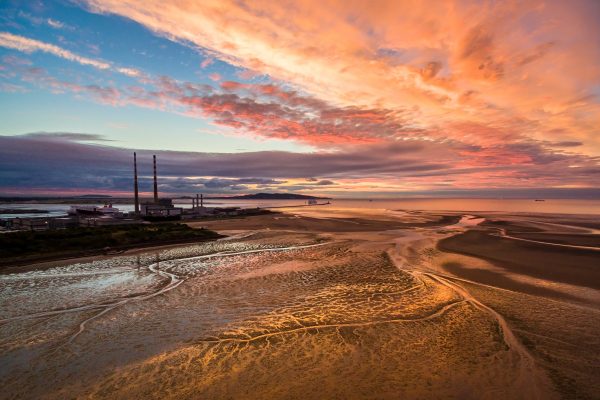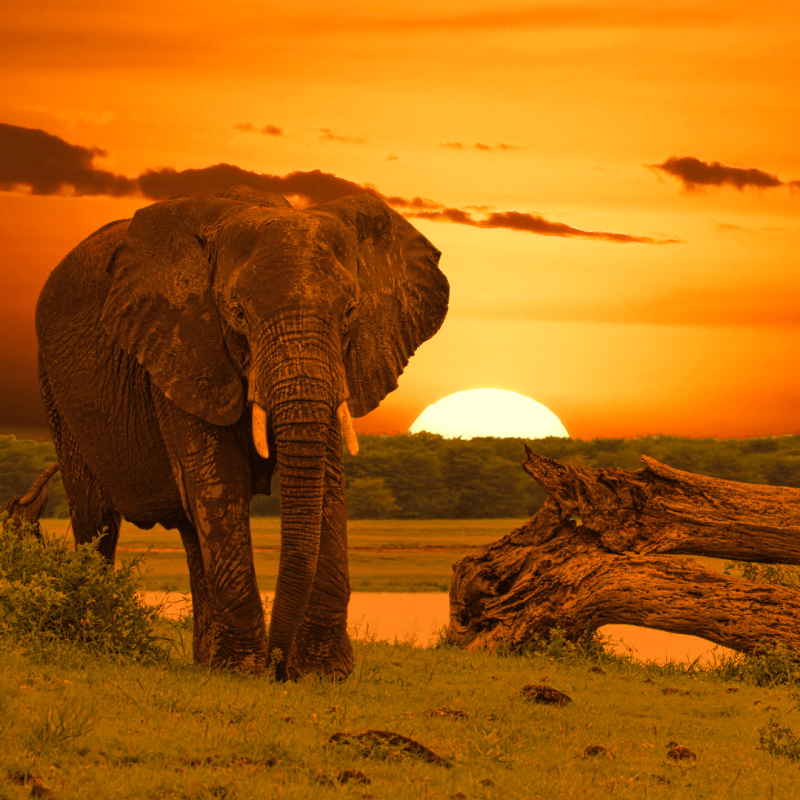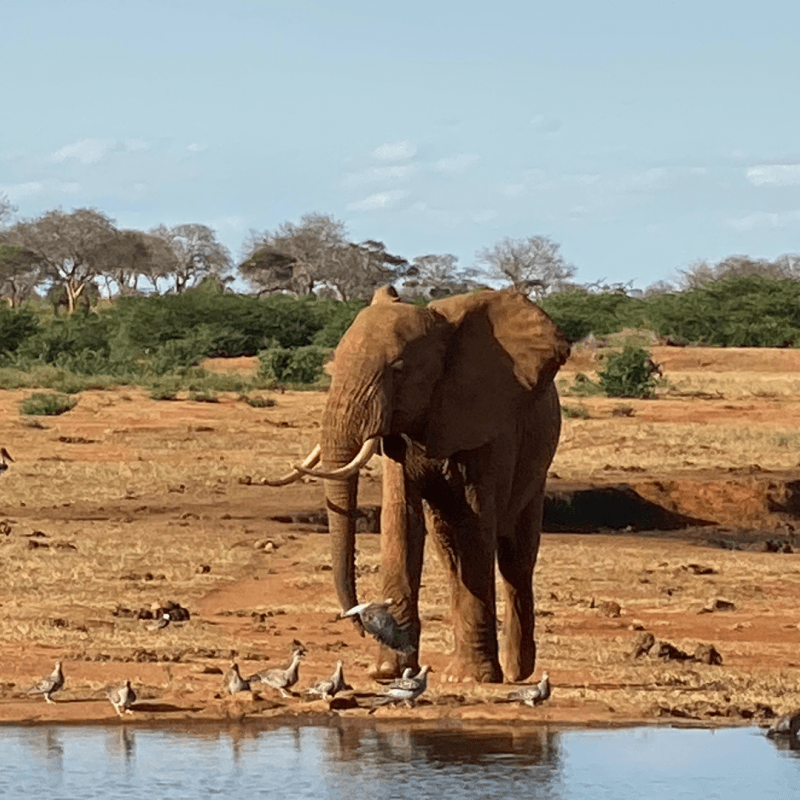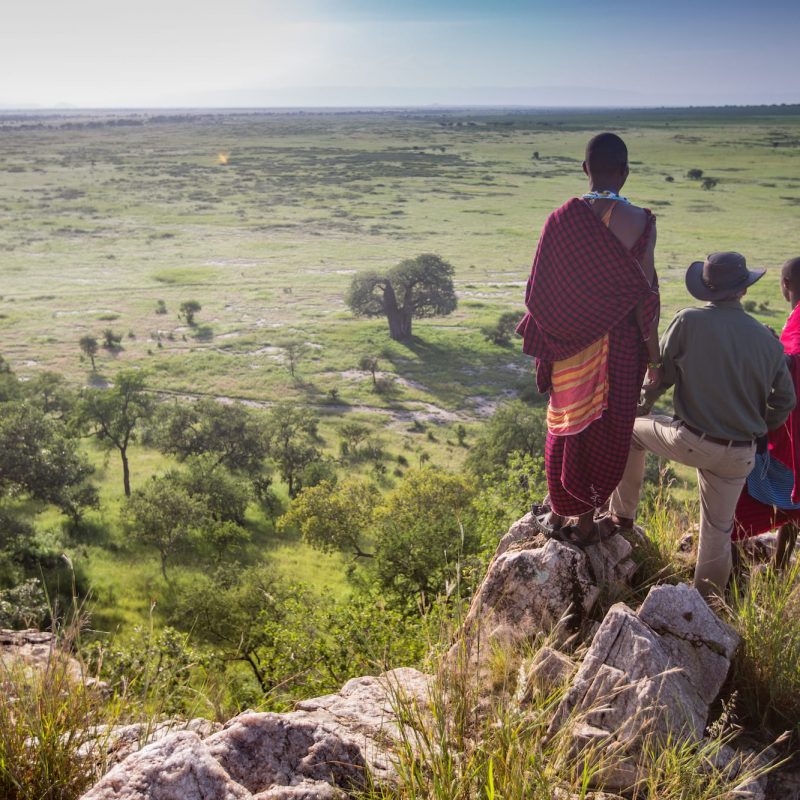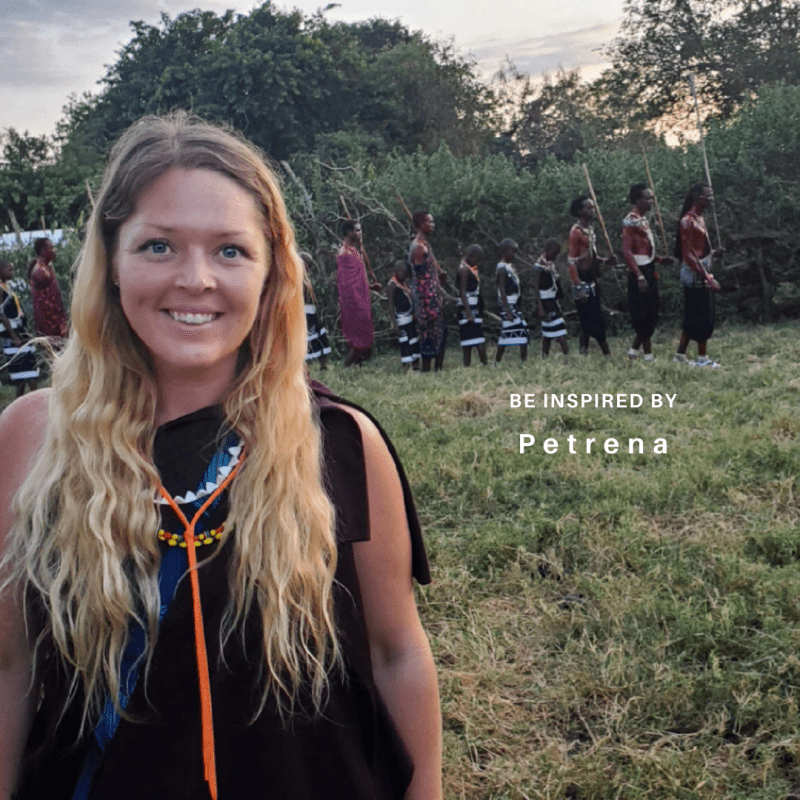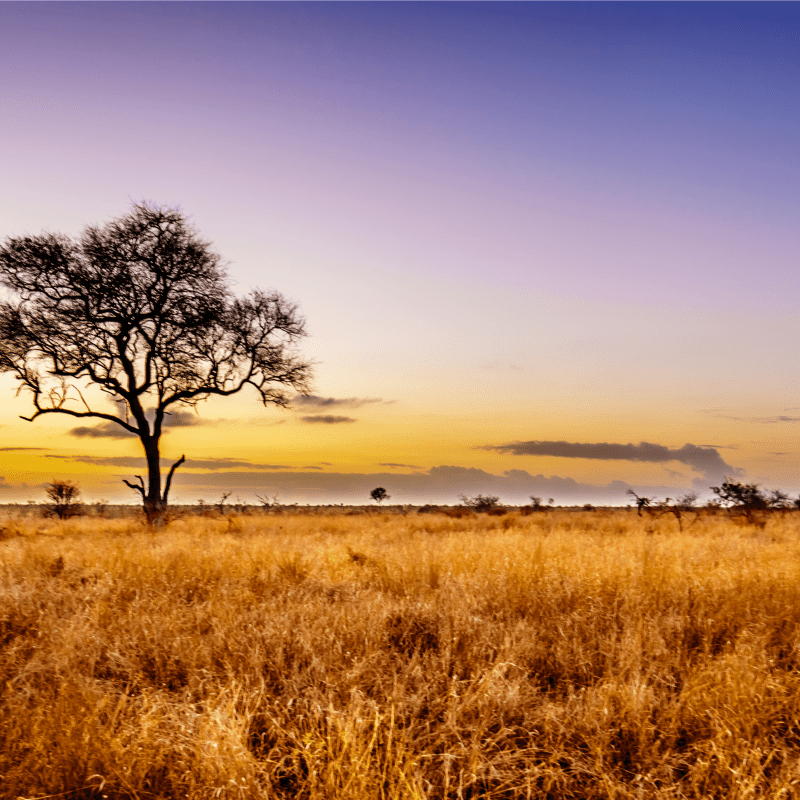Bumping by 4WD through the salmon pink light of dusk and ever hopeful of glimpsing a snow-capped Kilimanjaro, you begin to feel a stirring, a drum beat in your heart and an inkling of a sense of the power of this place. You think maybe you might know what Hemingway was getting at when he professed his passion in the acclaimed 1935 novel ‘The Green Hills of Africa’. “Now, being in Africa, I was hungry for more of it, the changes of the seasons, the rains…the discomforts …the names of the trees, of the small animals, and all the birds”. Here, among the dust and the dirt is a readiness that is like shot of adrenaline in your soul, an unrefined rawness, a fabled wilderness on the edge of the Indian Ocean. Here you are in the home of ‘The Lion King’, at the very cradle of civilisation.
Adventurers take note, the dry mild Tanzanian winter June to September, is doubtlessly considered the peak visitor season with the very best game viewing. Not least it’s the time of the renowned migration when huge herds cross from the Serengeti to the Masaai Mara. But it is also the time of great crowds and inflated prices. Consider instead your low season alternatives during the wetter months. With November’s short rains come a long awaited beauty and freshness, although any flooding dries up quickly. The longer rains of March to May bring heavier downpours which turn off less intrepid explorers who sadly miss the dramatic skies and lush wildflower-filled scenery. This leaves fabulous crowd free opportunities for the rest of us wanting to hike to The Roof of Africa, set foot in a Masaai warrior village and embark on incredible safari adventures.
The Popular Northern Circuit
You can’t blame the hordes for wanting to get the best of Tanzania. This mega-popular route takes in Arusha National Park with its views of Kilimanjaro, the Rift Valley, and Tarangire and Lake Manyara National Parks. The Ngorongoro Conservation Area, a haven for birds and animals, is a 19km wide crater and a grand spot for hiking, while the plains of the Serengeti are a huge draw with some of the continent’s most superb wildlife viewing. It’s not unusual to spot lions, giraffes, elephants, zebras and wildebeest on the same day particularly from June to September when you’ll pay top prices and find the biggest crowds. Likewise the January-February wildebeest calving attracts many tourists, their cameras and their cash. Try instead October-November or March-May. Yes, the green season brings rains, but these northern hotspots offer good game viewing year round while Lake Manyara attracts in summer thousands of migratory birds, flamingos, pelicans, storks and spoonbills. A twitchers’ paradise which inspired Hemingway to call the lake “the loveliest I had seen in Africa.”
The Hidden Gems of the South
Break the mould with the lesser known southern safari circuit, more heavily forested with a diverse landscape and undisturbed nature. This route is generally accessed from the capital Dar es Salaam’s Julius Nyerere International Airport and onwards by small plane. Explore, Selous, Africa’s largest game reserve, the size of Switzerland, three times bigger than Kruger. It’s home to thousands of lions, wildebeest, hippos, leopards, zebras and crocodiles, and yet many people have never heard of this UNESCO treasure. The reserve is crossed by the River Rufiji, the country’s largest, which forms a unique ecosystem of swamps, channels and lakes offering unforgettable boat safaris. Ruaha National Park provides a different experience again, with animals distinct from those in the north, such as the endangered wild dog and several unusual antelope species as well as huge prides of lion. This circuit is fairly uncrowded year round, and but becomes very muddy in the heaviest rains and many accommodation providers pack up. Those that remain open through November to May though provide good value for money, exclusive experiences with excellent local guides who are skilled at seeking out optimum wildlife opportunities.



